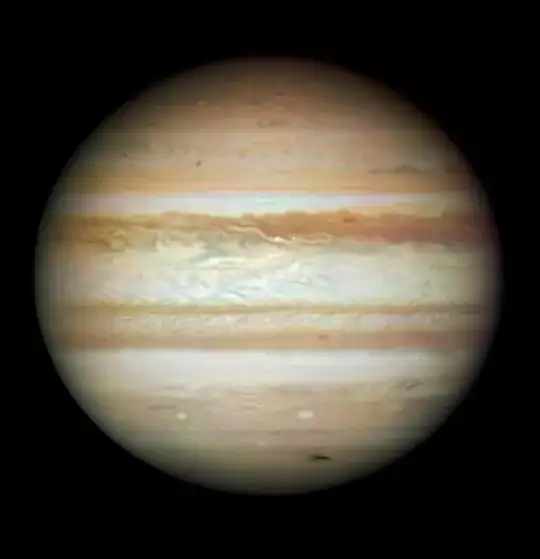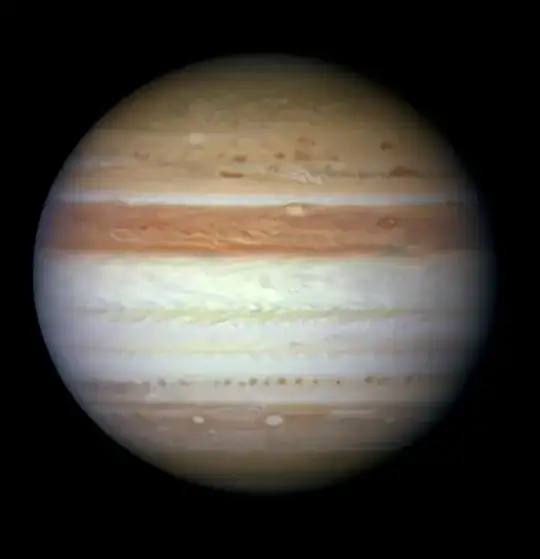we see that its features didn't change largely over many years
Jupiter is huge. It is 11 earths across, and 1300 times our volume. The clouds/bands we can see are vastly larger than Earth's entire ecosystem and that means they have a lot more inertia.
Also consider our observation timespan. We have been watching Jupiter* for under 2 centuries, watching it in detail for under 60 years, and watching it in the above picture's detail for under 30 years. Given the scale of Jupiter's weather this is a very short timespan and we should not expect to see major upheavals within one human lifespan. Picture a nice summer day in California, from an insect's perspective - it won't change much in 72 hours, and that's a long time for many bugs.
- Galileo saw a spot of light. Cassini (the person, not the probe) didn't see all that much detail.

